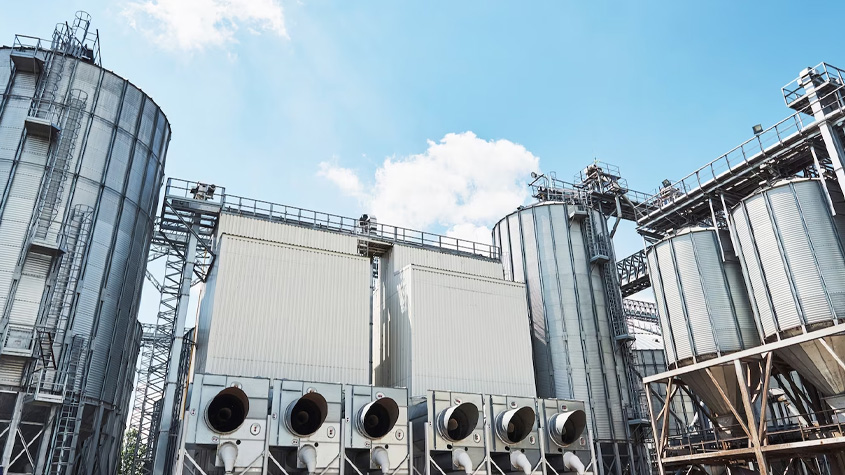
Wastewater treatment is an important link in modern society that cannot be ignored. In recent years, Fleet Sheet MBR technology, as an advanced wastewater treatment technology, has received extensive attention and application. This article will explore the role of Fleet Sheet MBR technology in wastewater treatment and its significance for buyers, purchasers and customers.
Wastewater treatment is essential for environmental protection and sustainable development. Traditional wastewater treatment methods often have problems such as poor treatment effect, large footprint, and high operating costs. The Fleet Sheet MBR technology effectively solves these problems through the use of membrane bioreactors.
First of all, an important role of Fleet Sheet MBR technology in wastewater treatment is to improve the treatment effect. This technology uses a microporous membrane filter, which can effectively remove pollutants such as suspended solids, microorganisms and organic matter in wastewater, so that wastewater can be treated more thoroughly. Compared with traditional wastewater treatment methods, Fleet Sheet MBR technology can achieve higher purification effects, make the treated water clearer, meet discharge standards, and effectively protect water resources.
Secondly, another important role of Fleet Sheet MBR technology in wastewater treatment is to save land. Traditional wastewater treatment plants usually need to occupy a large amount of land, but the Fleet Sheet MBR technology greatly reduces the footprint through the compact design of the membrane bioreactor. This is especially important for areas with tight land use such as cities, which can make full use of limited land resources and improve land utilization.
In addition, Fleet Sheet MBR technology can also reduce operating costs. Traditional wastewater treatment plants require a lot of manpower, material resources and energy input, while Fleet Sheet MBR technology realizes the automation and efficiency of wastewater treatment through automatic control systems and high-efficiency membrane filters. This not only reduces labor costs, but also reduces energy and maintenance costs, saving buyers, purchasers and customers a lot of operating expenses.
As an advanced wastewater treatment technology, Fleet Sheet MBR technology plays an important role in wastewater treatment. It can improve the treatment effect and make the treated water clearer; save land and improve land utilization; reduce operating costs and save a lot of money for buyers, purchasers and customers. Therefore, buyers, purchasers and customers should pay attention to the application of Fleet Sheet MBR technology when purchasing wastewater treatment equipment to obtain better wastewater treatment effects and economic benefits.
About Jiangsu Peier membrane
Jiangsu Peier membrane corp.,Ltd(Stock Code: 836744) was established in 2007 with a registered capital of 48 million Yuan, referred to as “Peier membrane industry”.
It is a high-tech enterprise focusing on the R&D, production, manufacturing and service of MBR flat sheet membrane products. Its Peier Product category as below:
- Flat Sheet Membrane Element
- Flat Sheet Membrane Element-Single Nozzle
- Flat Sheet Membrane Element-Double Nozzle
- Flat Sheet Membrane Element-3D Soft Support
- Flat Sheet Membrane Element-Renovated Membrane
- Flat Sheet Membrane Module
- Flat Sheet Membrane Module-Module-Single Nozzle
- Flat Sheet Membrane Module-Module-Double Nozzle
- Flat Sheet Membrane Module-2S(Double Deck)
- Flat Sheet Membrane Module-3S(High Flux)
- Flat Sheet Membrane Module-Mini Module
- MBR System
- MBR System-Laboratory Test Equipment
- MBR System-Pilot Equipment
- MBR System-Package System
Peier membrane always adheres to R&D and cooperation with well-known universities at home and abroad, such as Tsinghua University, Sydney University, Nanjing University of technology, Changzhou University and Jiangnan University.
It is the editor in chief of the national industry standard HY/T252-2018 “submerged flat membrane element for water treatment”.
At present, it has 6 invention patents, 46 new utility patents, 1 appearance patent and 4 software works.